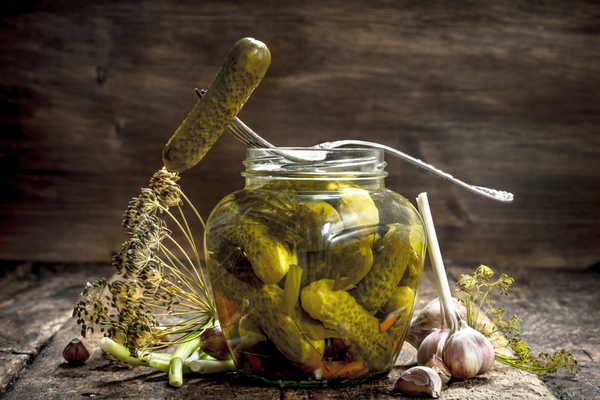What do Cleopatra, Aristotle, Shakespeare, Napoleon, Queen Elizabeth and Amerigo Vespucci have in common? They would all have been enthusiastic celebrants of July’s National Pickle Month.
Whether you like them on your burger, beside your sandwich, chopped up in relish, with ice cream (yes, it’s a thing), or just plain out of the jar, pickles have been part of the culinary landscape here in the U.S. as long as there has been a culinary landscape in the U.S. As early as 1606, pickles were being produced in the state of Virginia. More than 5 million pounds of pickles are now consumed annually in the U.S. That’s about 9 pounds per person!
It’s easy to find a love for pickles as there are so many different types: vinegar, fermented, fruit, cucumber, beets, bean paste, relishes, kimchi, kraut … the list goes on. The only downside to pickles might be the salt, which is used to inhibit bacteria and spoilage. If you are trying to limit your sodium intake, this would be something to keep in mind, but in moderate portion sizes (one dill pickle spear = around 300 mg sodium) pickles can certainly be a part of your regular meal plan, and they even count as a vegetable! Just choose the dill or lacto-fermented variety over sweet or bread-and-butter style.
Consider making your own for more control over the amount of sodium in the finished product. There are scads of recipes to be found all across the internet. Whether you go for the standard cucumber, branch out into other vegetables like cauliflower or radishes, or decide to go for the unusual — think grapes or Swiss chard stems — remember: You can pickle that!
—
Photo Credit: ArtemSh / Shutterstock.com
